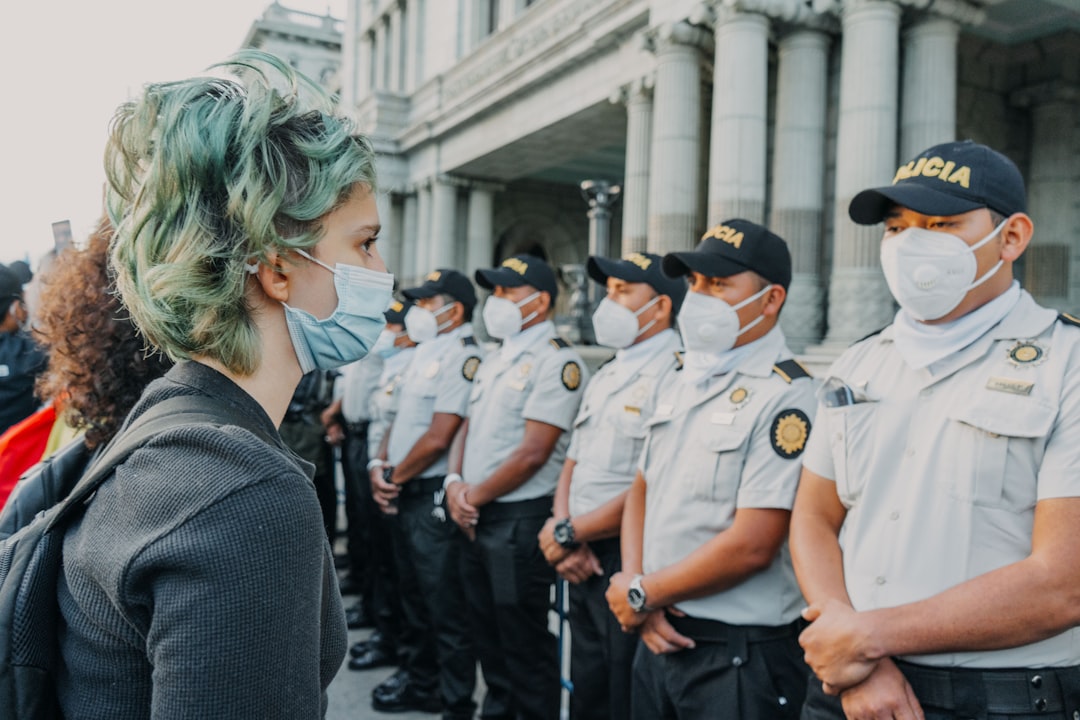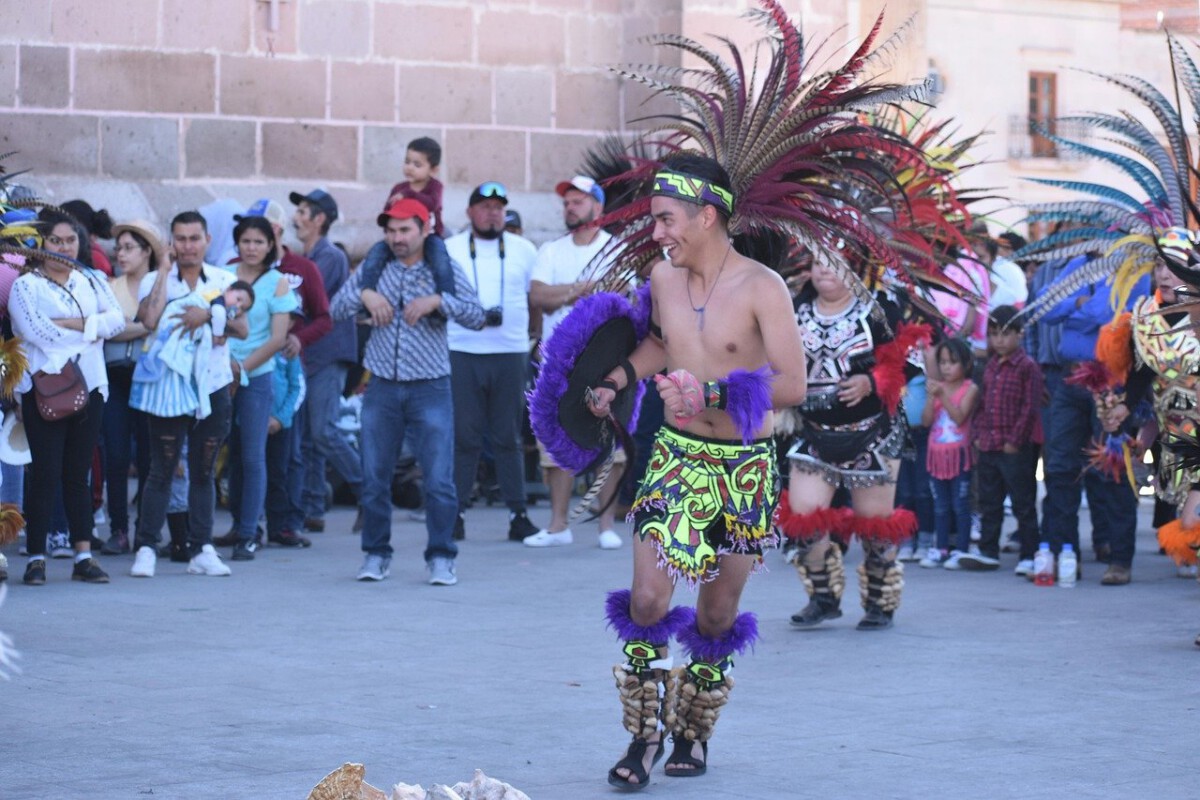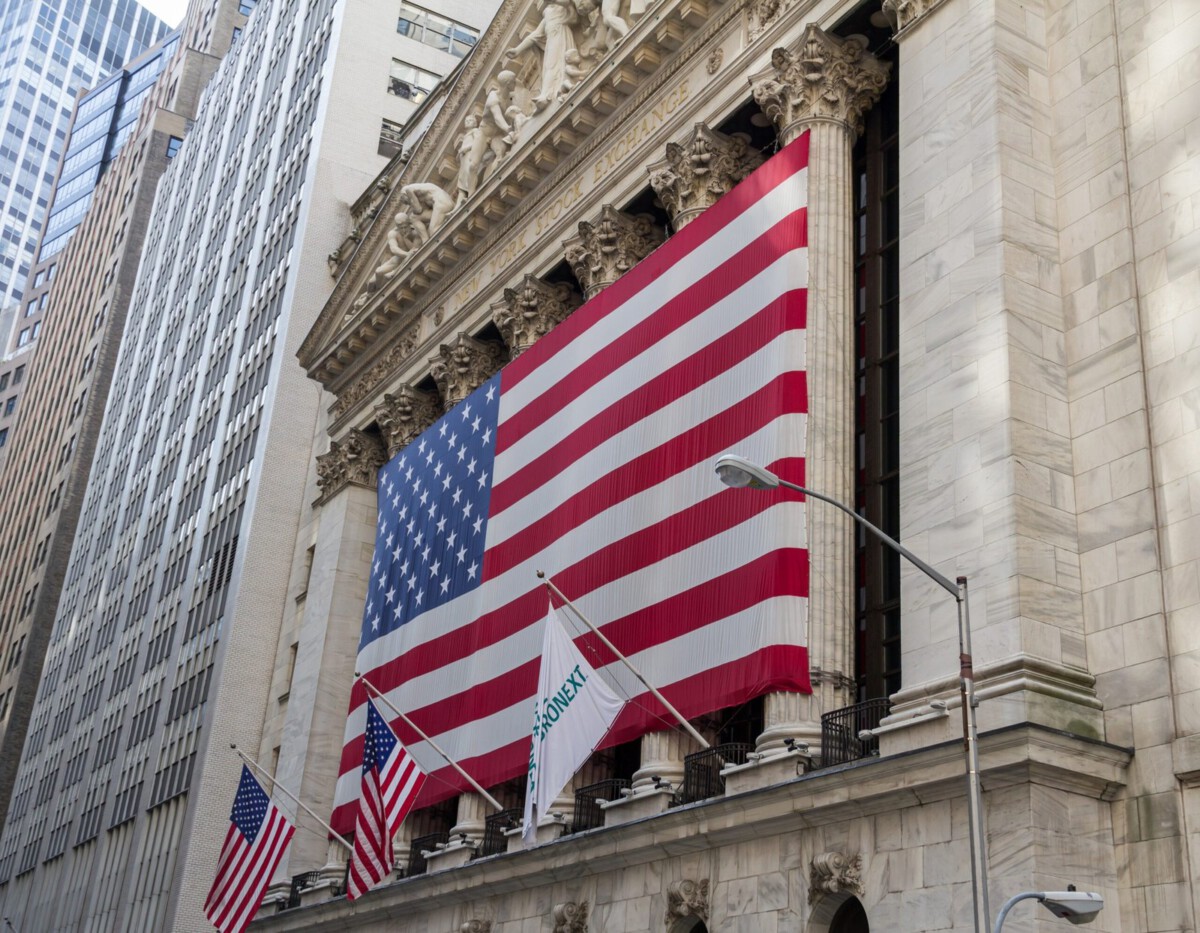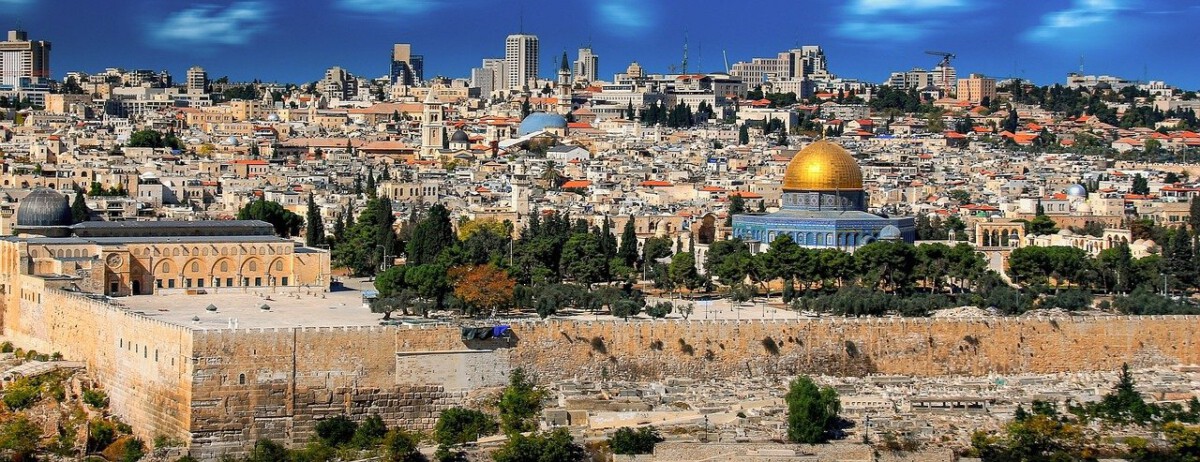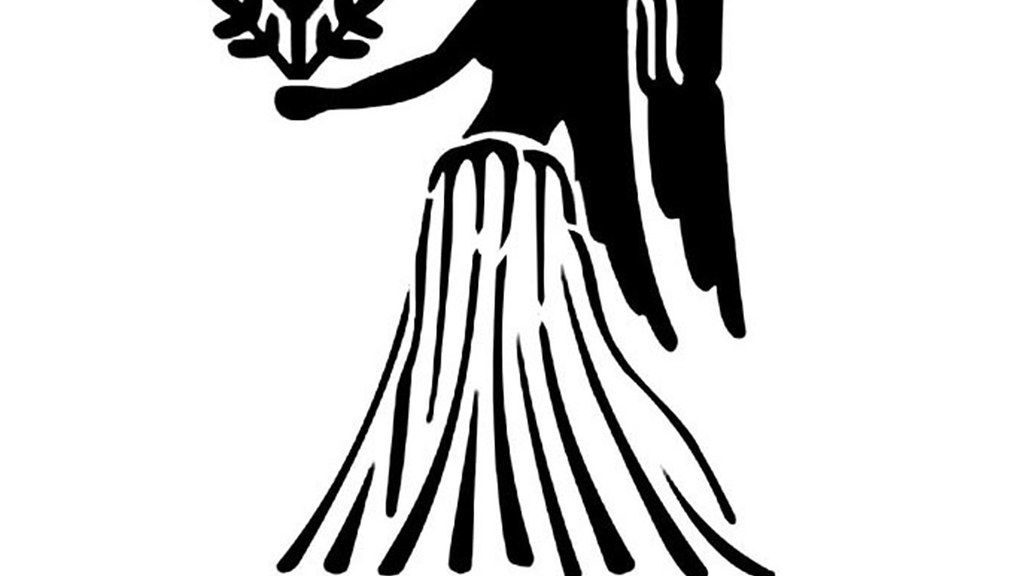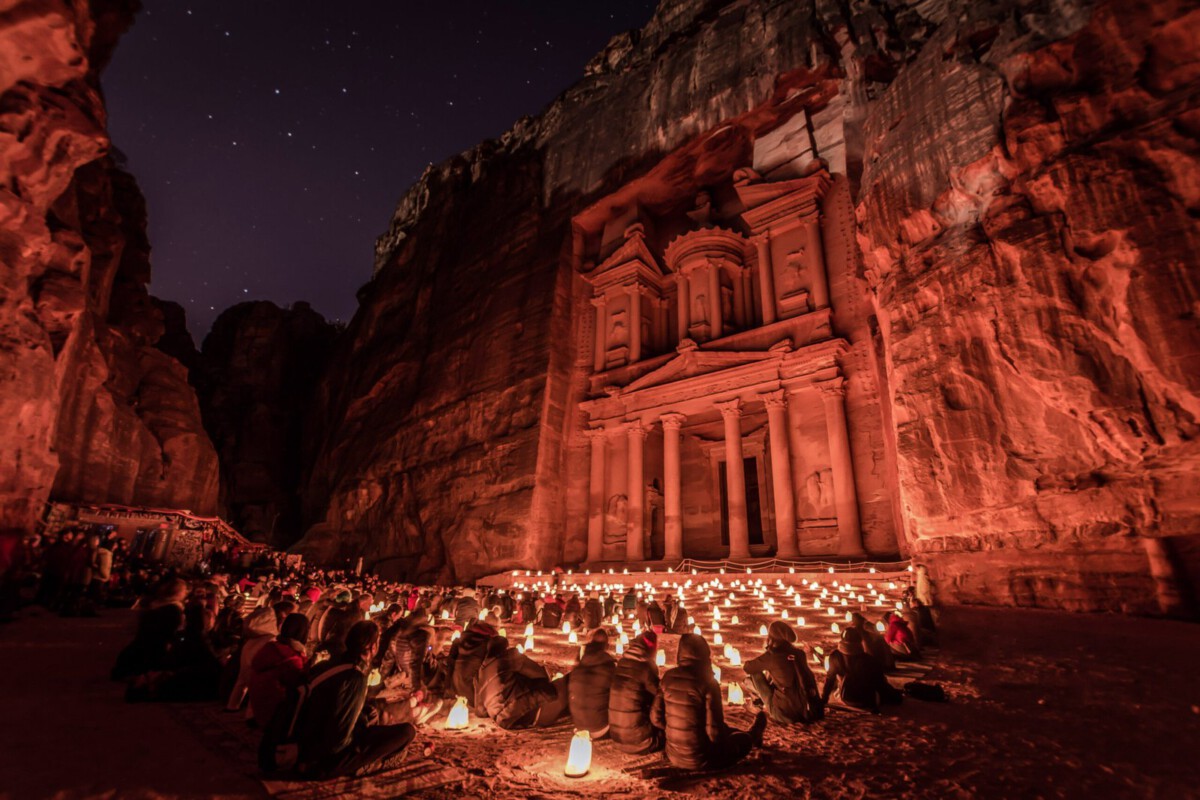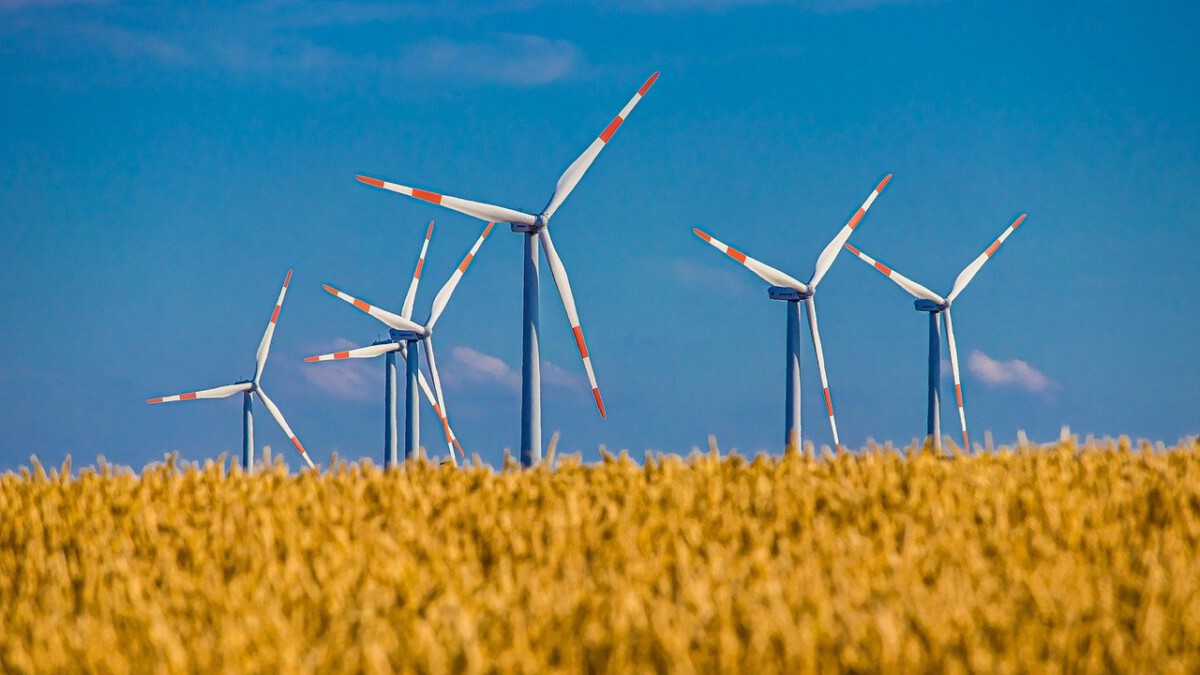The Frontline Fury: What Happens When the Winds Pick Up (Image Credits: Unsplash)
Amid the relentless howl of gale-force winds and sheets of rain pounding the streets, officers push forward, their lights cutting through the downpour like beacons of resolve.
The Frontline Fury: What Happens When the Winds Pick Up
Picture this: a hurricane barreling toward shore, and suddenly, police departments shift into overdrive. It’s not just about sirens and patrols; it’s a full-scale mobilization where every second counts. Officers often become the first line of defense, evacuating families from flood-prone zones and securing areas before the storm hits full force.
Yet, the reality hits hard. In places like Florida during Hurricane Milton, chiefs have had to make tough calls, pulling back during peak winds to keep their teams safe for the recovery ahead. This isn’t cowardice – it’s strategy, ensuring they’re ready when the real work begins, like searching for stranded residents or clearing debris-blocked roads.
Surprisingly, studies from past storms show that this preparation can cut response times dramatically, turning potential disasters into manageable recoveries.
Lessons Etched in Water and Wind: Echoes from Hurricane Katrina
Twenty years on, Hurricane Katrina remains a stark reminder of police under pressure. Officers waded through chest-deep water in New Orleans, rescuing thousands while battling exhaustion and chaos. Their efforts saved countless lives, but the storm exposed cracks – communication breakdowns and overwhelming demands that left some feeling the system failed them.
Research into those who served during Katrina revealed long-term impacts, like higher stress levels leading to coping challenges. Still, many spoke of unbreakable camaraderie, with sworn officers pushing limits to protect communities when all else crumbled.
These stories aren’t just history; they shape today’s protocols, reminding us that performance isn’t measured in perfect outcomes but in sheer determination amid the flood.
Gearing Up for the Unknown: Training That Builds Resilience
Modern police forces don’t wait for the storm – they train for it. Specialized units, like swift-water rescue teams, drill endlessly, deploying boats and high-tech gear to navigate flooded streets. From New York to Florida, task forces stand ready, often crossing state lines to aid harder-hit areas.
Take the mutual aid networks: when one department gets slammed, others step in seamlessly. This collaboration has evolved since earlier hurricanes, with exercises simulating everything from looted zones to medical emergencies in the rain.
However, challenges persist. Limited resources in smaller towns mean not every force is equally equipped, highlighting the need for federal support to level the playing field.
The Human Cost: Stress, Sacrifice, and Silent Struggles
Beyond the headlines of heroic rescues lies the toll on those wearing the badge. Officers returning from hurricane duty often face flashbacks and emotional fatigue, as seen in Biloxi after Katrina. It’s a reminder that these aren’t superheroes – they’re people juggling personal losses with public duty.
Support systems are improving, with mental health resources becoming standard in many departments. Peer counseling and time off help, but the grind of back-to-back storms, like Ian and Milton in quick succession, tests even the toughest.
Yet, this vulnerability fosters deeper bonds. Officers share stories of pulling families from attics or comforting the scared, moments that reaffirm why they signed up.
Community Clash or Collaboration? Navigating Tensions in the Aftermath
Storms don’t just flood streets – they stir suspicions. Reports from Puerto Rico after Maria raised eyebrows over aggressive tactics, like checkpoints that felt more militaristic than protective. These incidents underscore how performance can swing from savior to source of friction if trust erodes.
On the flip side, positive outreach shines through. In Jamaica during recent alerts for Hurricane Melissa, police engaged communities directly, visiting shelters and offering reassurance, which built vital alliances.
Balancing enforcement with empathy is key. When officers prioritize clear communication, like explaining curfews as safety measures, it turns potential conflicts into cooperative efforts.
Tech and Tactics: Evolving Tools for Storm-Ready Policing
Innovation is reshaping how police tackle hurricanes. Drones scout danger zones, apps coordinate evacuations, and AI predicts high-risk areas before the rain starts. These tools amplify effectiveness, allowing smaller teams to cover more ground.
Still, nothing beats boots on the ground. Hybrid approaches, blending tech with traditional patrols, have proven vital in responses to storms like Florence, where water rescue teams saved lives in ways old methods couldn’t.
Looking ahead, investing in these advancements could redefine performance, making recoveries faster and safer for everyone involved.
- Swift-water training for flood navigation
- Mutual aid pacts across states
- Mental health debriefs post-storm
- Community engagement pre-hurricane
- Tech integration like drones and apps
Key Takeaways
- Police performance hinges on preparation, turning chaos into coordinated action.
- Emotional and logistical challenges persist, but support is growing.
- Building community trust amplifies every rescue and recovery effort.
As hurricanes grow fiercer with changing climates, the true measure of police performance lies in adaptability and heart – saving lives not just through action, but through unwavering presence. What stories from your area stand out during these storms? Share in the comments below.

